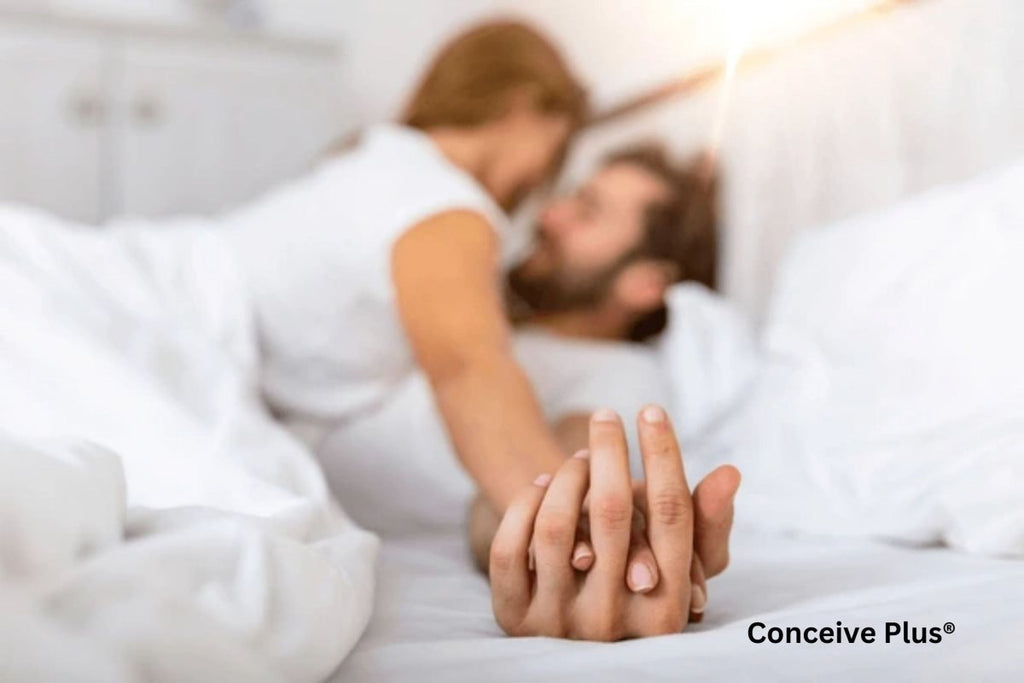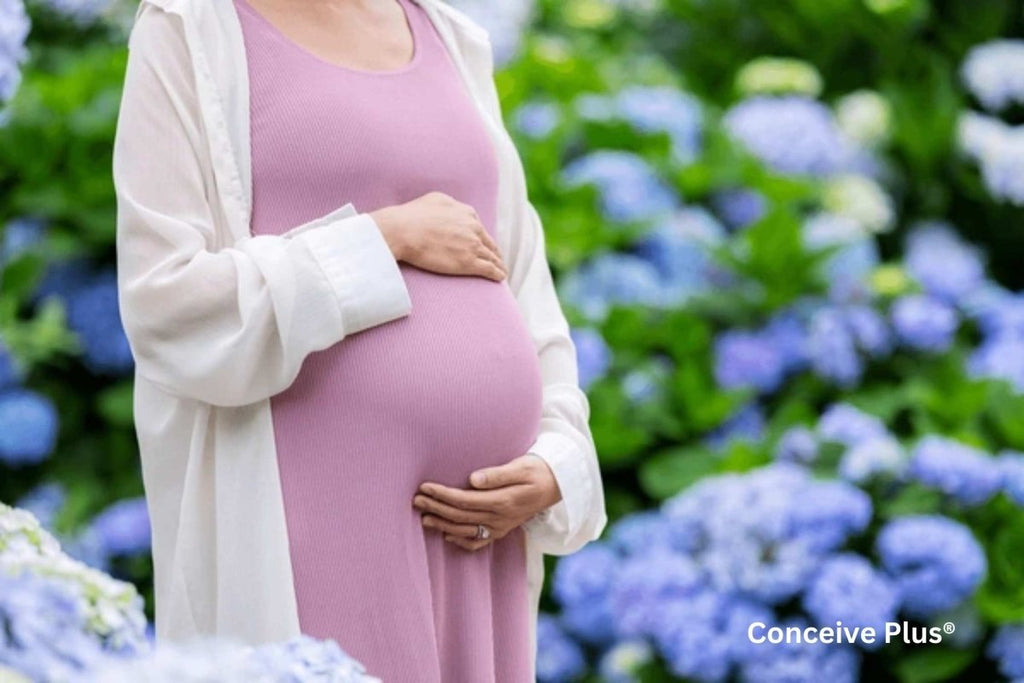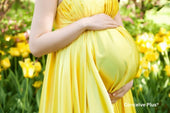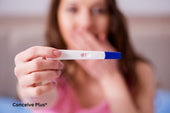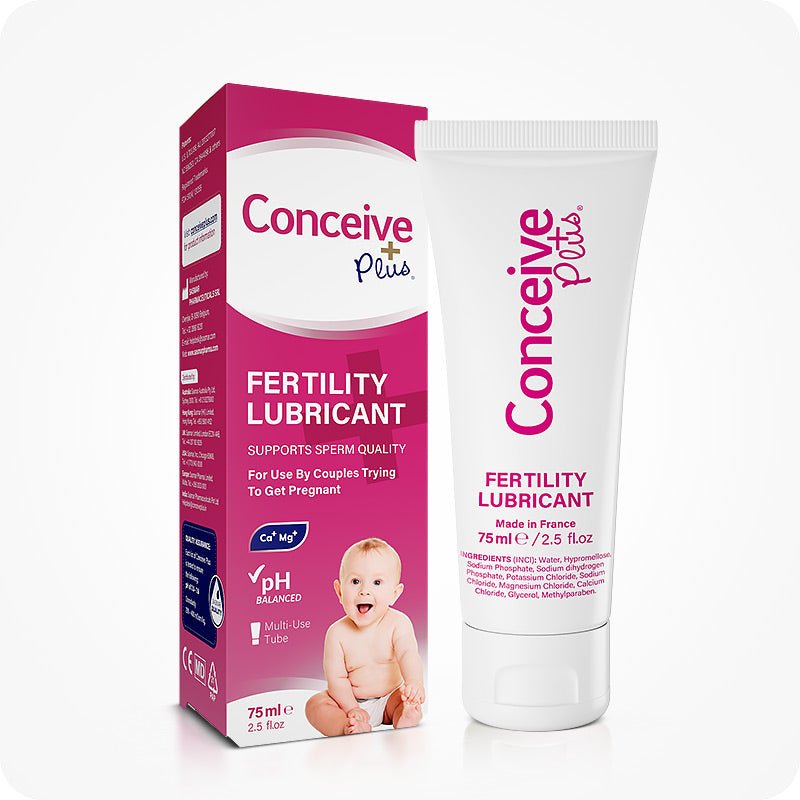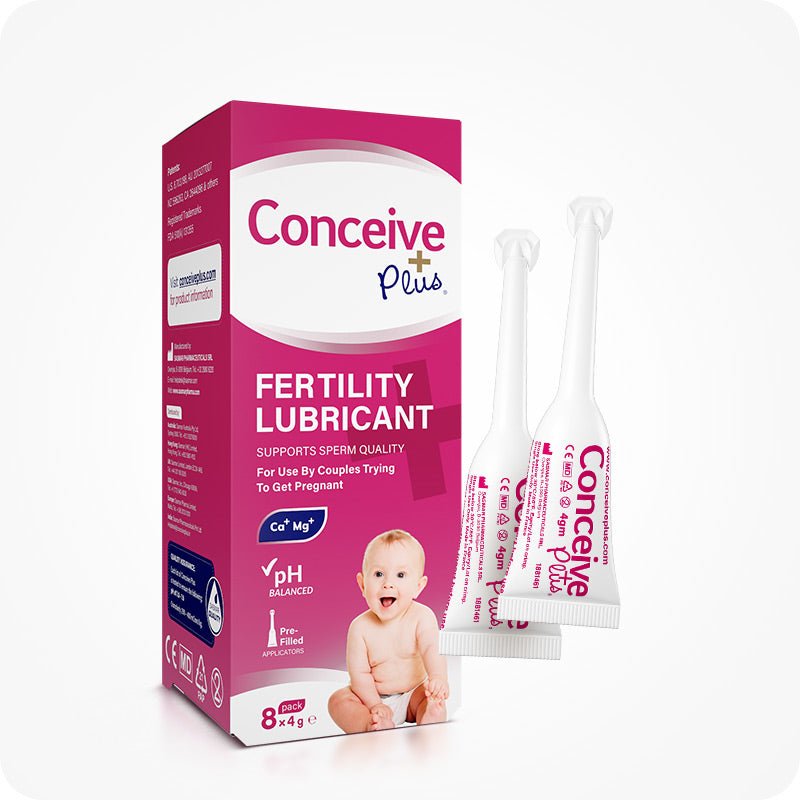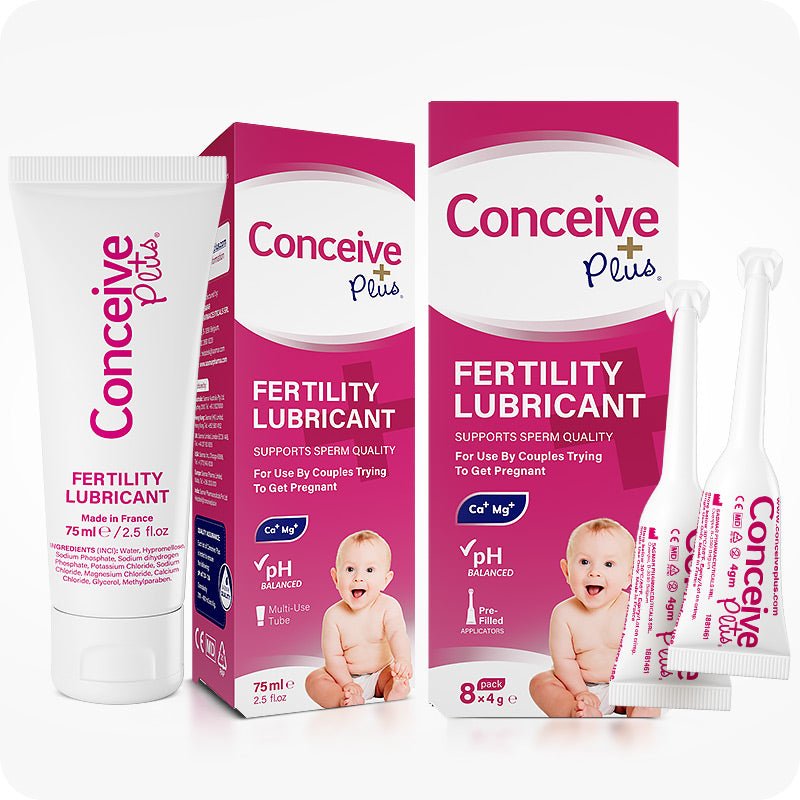How to Use a Safe Period Chart for Preventing Pregnancy?
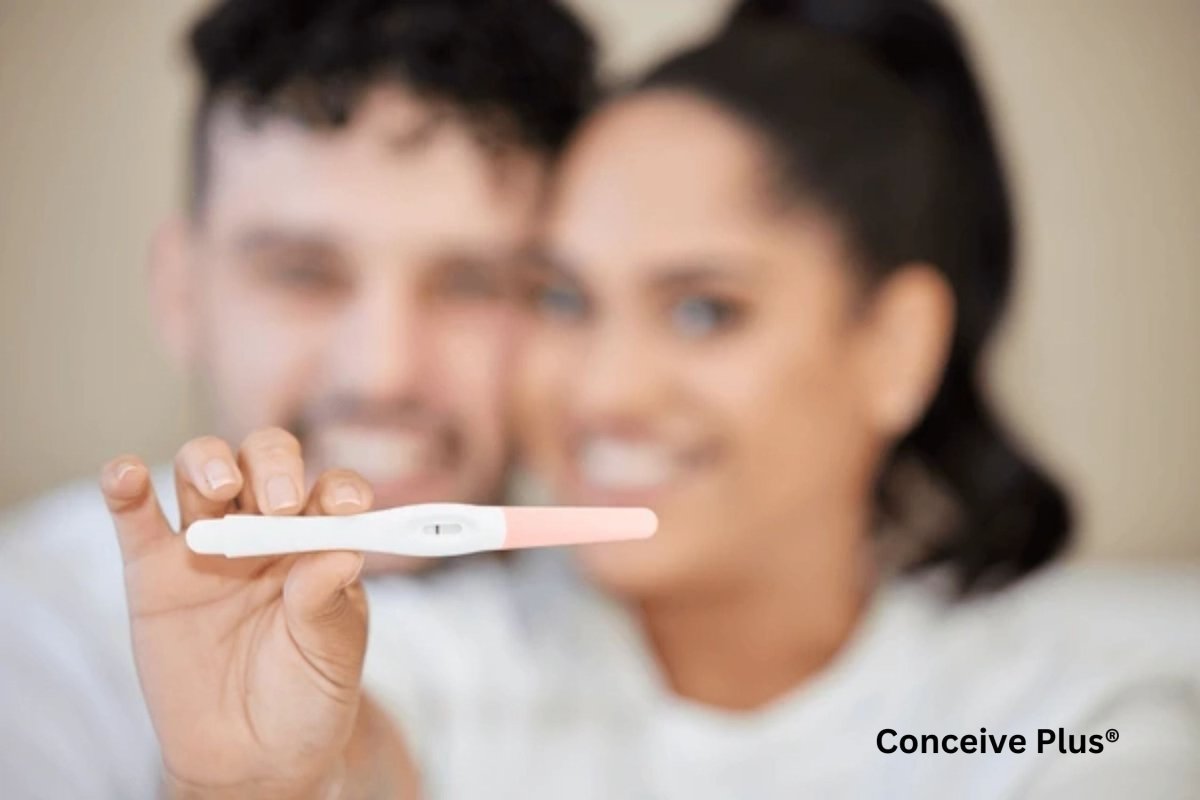
It is normal for many couples to delay pregnancy as a part of their family planning. However, they also want to enjoy intimacy with their partners while avoiding the risks of unintended pregnancy. There are many ways to achieve this, but one very simple method is to plan sex in a safe period of the female reproductive cycle.
Unlike males, females aren't always fertile throughout their reproductive cycle. They can only conceive within a short period during their monthly reproductive cycle, called a fertility window [1]. The best time to have sex to avoid pregnancy or best time for sex to avoid pregnancy is the days before and after this fertility window.
In this article, we will understand the female reproductive cycle to find out the safe period chart. The article will also include some other contraception methods that you can practice to minimize the risk of unplanned pregnancies.
Female Reproductive Cycle
The female reproductive cycle, also known as the menstrual cycle, lasts about 28 days on average [2]. The length can vary between 21 days to 35 days, depending on the individual. The monthly cycle comprises four phases, including:
-
Menstrual Phase (Days 1-5)
The menstrual phase starts the menstrual cycle, and it is characterized by the shedding of the inner uterine lining. This uterine lining that developed in the previous cycle for potential pregnancy starts to shed and leave the body as menstrual bleeding during this phase. It is the most painful and discomforting phase and the bleeding usually lasts between 3 to 5 days [3].
-
Follicular Phase (Days 1-13)
The follicular phase also starts along with the menstrual phase and ends before ovulation. During this time, a hormone called follicle-stimulating hormone (FSH) promotes the growth and maturity of follicles inside the ovary [2]. Follicles are tiny structures within the ovaries that contain an immature egg.
-
Ovulation Phase (Day 14)
By the end of the follicular phase, the follicles mature completely and are ready to release a mature egg. In the ovulation phase, a sudden increase in luteinizing hormone (LH) triggers the release of an egg from the follicle [2]. This egg is ready for fertilization, and if a sperm fertilizes it, pregnancy can occur.
-
Luteal Phase (Days 15-28)
If fertilization does not occur, hormones that prepare the uterine lining start to decline. When there is not enough hormone to support the uterine lining, it starts to weaken and shed [2]. This marks the start of a menstrual phase of the next cycle.
When Can a Woman Get Pregnant?
Pregnancy occurs when a male sperm fertilizes a female egg, and the fertilized egg implants into the uterus [4]. While sperm can be available at any time of the month, the egg is only available during ovulation for fertilization to occur.
This means the chances of pregnancy are maximum around ovulation, which is typically day 14 of an average 28-day cycle. To determine the exact days of the fertility window during which pregnancy can occur, you have to consider the fact that a sperm cell can live for about 5 days in the female reproductive tract [1]. In contrast, an egg cell can only live for 12 to 24 hours after ovulation [1].
This means the fertile window includes five days before ovulation and the day of ovulation, making it about six days long. If you want to avoid pregnancy, you must refrain from sex, especially unprotected sex, during this window.
When Can a Woman Not Get Pregnant?
The safe period for not getting pregnant is outside the fertile window. If you plan intercourse outside the fertility window, there will be no egg for sperm to fertilize. This translates to zero or minimum chances of pregnancy. The safe period chart includes:
- Before ovulation: If you have a 28 day cycle, then the days from 1 to 7 is a safe period for not getting pregnant. If your cycle is longer than 28 days, then the safe period may extend to a few more days.
- After ovulation Since the egg cell can only live for one day after ovulation, having intercourse after two days of ovulation can significantly decrease chances of conception. In short, the more you delay sex after ovulation, the more you lower the chances of getting pregnant. You can say the days between 20 to 28 are safe for having sex with little to no risk of pregnancy.
How to Track Cycle for Safe Days?
Many couples use the calendar contraceptive method with a safe days period calculator to determine the best time to have intercourse to not get pregnant [5]. To use the calendar method, track your menstrual cycle for at least six months. Identify the shortest and longest cycles, then calculate the safe days for not getting pregnant.
- Subtract 18 days from the shortest cycle to determine the first fertile day.
- Subtract 11 days from the longest cycle to determine the last fertile day.
- Days outside this range are considered safe days.
A calendar based method or a safe period cycle calculator can help track your cycle more accurately. Having accurate information about your cycle and planning intercourse accordingly can significantly lower the risk of unwanted pregnancy.
How to Count Safe Days After Periods
The safe days for avoiding pregnancy are before and after ovulation. The days before ovulation usually include the period days and a few days after it.
However, if you are curious how I can calculate my safe period after the menstruation phase, it is best to count only the days after ovulation. This is because having intercourse soon after your period may still lead to pregnancy.
If your cycle is 28 days long, ovulation happens around day 14. The safest time to have sex without worrying about pregnancy is from days 20 to 28. If your cycle is irregular, you should track it for several months to predict ovulation more accurately and calculate safe days accordingly.
When is the Safest Time to Have Sex?
Although any day outside the fertility window is usually safe with little to no chances of pregnancy, there are days that are safer than the other. So, if you want to know when is safest time to have intercourse or when is the safe days for not getting pregnant, here is answer:
- Immediately After Periods End: You can plan intercourse immediately after your period ends. In a 28-day cycle, the period usually lasts until the 5th to 7th day. Since ovulation typically occurs around day 14, having intercourse on day 7 is considered a safer time before ovulation with the lowest chances of pregnancy.
- Right before the Next Period: The days between 20 and 28 in a 28-day cycle are usually considered the safest, as it is very unlikely, and in most cases even impossible, for an egg to be available for fertilization. You can use a safe period chart or a safe day calculator to confirm these days.
Other Methods to Avoid Pregnancy
The safe period method is not 100% reliable. Factors like stress, illness, and hormonal fluctuations can shift ovulation and disturb the overall regularity of the cycle [6]. If you’re concerned about sex without protection and how to avoid pregnancy, understanding your safe period and combining it with other contraceptive methods can significantly reduce the risk of unintended conception. You can use the following contraceptive methods in addition to the safe period method to increase their effectiveness:
- Barrier Methods: The barrier method involves using condoms and diaphragms during intercourse [7]. This way, you simply prevent the sperm from entering inside the female reproductive track or reaching the egg.
- Hormonal Methods: In the hormonal method, you can delay ovulation using birth control pills, patches, and injections. By delaying ovulation, you can decrease the chances of egg availability to the sperm cell for fertilization.
- Intrauterine Devices (IUDs): Intrauterine devices, like copper IUDs, are inserted into the female reproductive tract to inhibit the sperm cell from reaching the egg. Once inserted, these devices can prevent pregnancy for up to 10 years [8].
- Withdrawal Method: This method involves pulling the penis out soon before ejaculation. The withdrawal method is not highly reliable for two common reasons. First, it requires accuracy which may not be possible in every case. Secondly, the fluid that comes before ejaculation, called preejaculate, may also contain sperm that could cause pregnancy [9].
- Emergency Contraception: Emergency contraception involves taking specific pills soon after unprotected sex. These pills work like the hormonal method, which is by delaying or preventing ovulation. If ovulation has already happened, emergency contraceptives aren't effective in preventing pregnancy.
On the other hand, for couples exploring natural methods to enhance fertility or intimacy, using a sperm-friendly product like Conceive Plus Fertility Lubricant can be a helpful addition to your family planning toolkit.
The Bottom Line
The safe period for not getting pregnant is an effective natural method for family planning. This method involves avoiding having sex during the female fertile window, which includes 5 days before ovulation and the ovulation day itself.
For this method to work, you have to accurately predict your ovulation day and use a safe period chart or safe period cycle calculator to determine the safest days to have sex. There are limitations to this method because a female reproductive cycle isn't always regular.
This is why it is a good idea to use other contraception methods, such as condoms and IUDs, in addition to the safe period method to reduce the risk of unplanned pregnancies.
FAQs
-
What is the best time to have sex to not get pregnant?
The best time to have sex without getting pregnant are the days before and after the female fertility window. This fertility window starts five days before ovulation and includes the day of ovulation.
-
What are safe days in a menstrual cycle?
Many couples confuse what is a safe day or what are safe days in a female reproductive cycle. Safe days are actually the time when the chances of conception for a female are lowest.
Resources Used
- Pregnancy - identifying fertile days: MedlinePlus Medical Encyclopedia. (n.d.-c). https://medlineplus.gov/ency/article/007015.htm
- Thiyagarajan, D. K., Basit, H., & Jeanmonod, R. (2024). Physiology, menstrual cycle (Updated September 27, 2024). In StatPearls. StatPearls Publishing. Retrieved from https://www.ncbi.nlm.nih.gov/books/NBK500020/
- Bonvissuto, D. (2024, March 6). Normal period. WebMD. https://www.webmd.com/women/normal-period
- Professional, C. C. M. (2024h, August 22). Conception. Cleveland Clinic. https://my.clevelandclinic.org/health/articles/11585-conception
- Rhythm method for natural family planning - Mayo Clinic. (n.d.). https://www.mayoclinic.org/tests-procedures/rhythm-method/about/pac-20390918
- What causes menstrual irregularities? (2017, January 31). https://www.nichd.nih.gov/. https://www.nichd.nih.gov/health/topics/menstruation/conditioninfo/causes
- Barrier methods of birth control: spermicide, condom, sponge, diaphragm, and cervical cap. (n.d.). ACOG. https://www.acog.org/womens-health/faqs/barrier-methods-of-birth-control-spermicide-condom-sponge-diaphragm-and-cervical-cap
- Copper IUD (ParaGard) - Mayo Clinic. (n.d.). https://www.mayoclinic.org/tests-procedures/paragard/about/pac-20391270
- KILLICK, S. R., LEARY, C., TRUSSELL, J., & GUTHRIE, K. A. (2010). Sperm content of pre-ejaculatory fluid. Human Fertility (Cambridge, England), 14(1), 48. https://doi.org/10.3109/14647273.2010.520798




